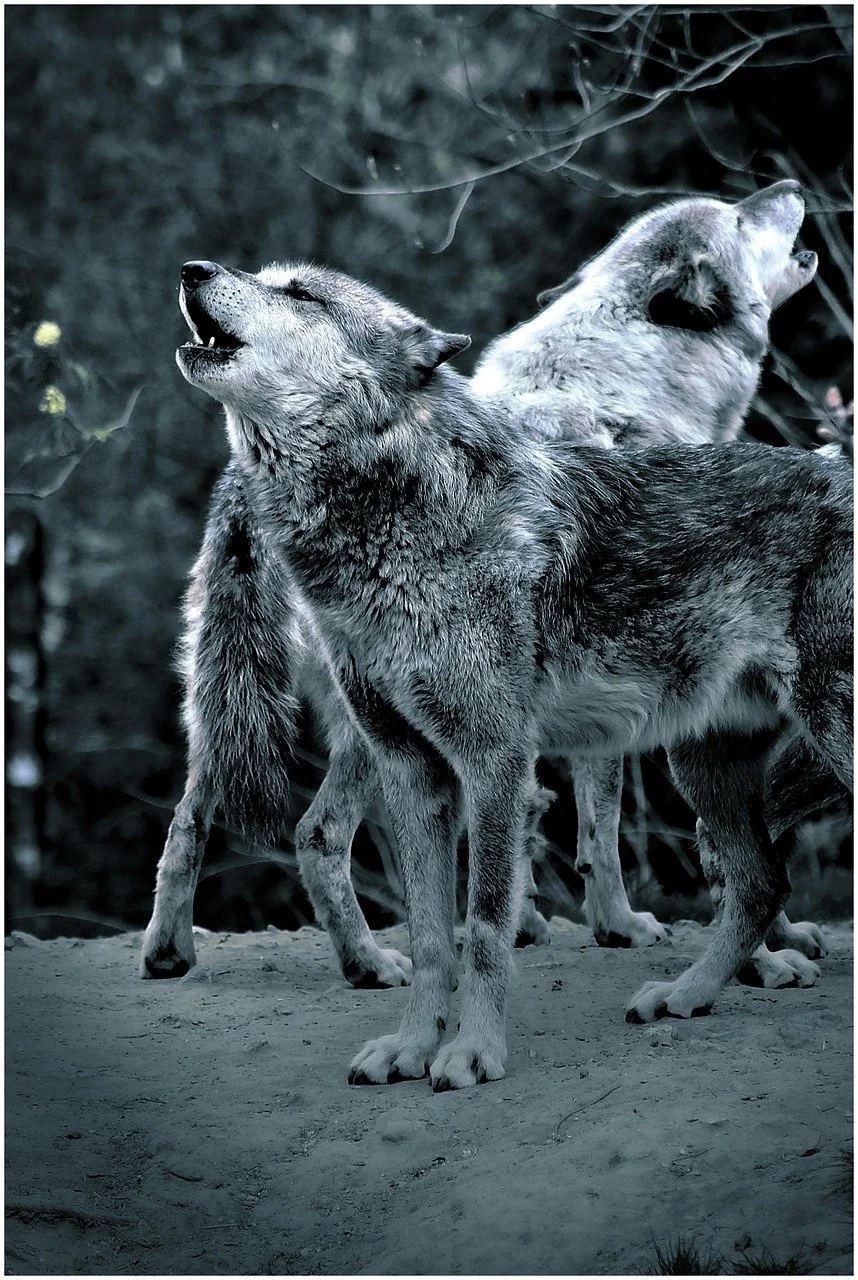Devastating Escalation in Montana’s War on Wolves
Montana’s radical anti-predator leadership has just approved the highest wolf-killing quota since wolves lost Endangered Species Act protections in the Northern Rockies in 2011. The state’s Fish and Wildlife Commission has authorized the trapping or hunting of 458 wolves during the 2025-2026 season, while also approving the killing of an additional 100 wolves through “controlled removals.” This vaguely defined and minimally regulated loophole allows federal agents or private citizens to essentially kill any wolf they choose as long as they claim the animal posed a “potential threat” to people, pets, or livestock.
Even more disturbing is the commission’s decision to increase personal kill limits, allowing violent individuals in Montana to slaughter up to 30 wolves, 15 by hunting and 15 by trapping. These changes will allow for the killing of up to 558 wolves in a single season, effectively slashing the state’s wolf population in half. Based on the state’s own data in the Montana Fish, Wildlife & Parks 2024 wolf report, this shockingly high killing quota puts the species at risk of falling below sustainable levels within just one year.
This level of sanctioned violence is not only cruel but reckless, as attempting to wipe out a keystone species whose survival is critical to the ecosystems they inhabit will have cascading negative consequences. Wolves are instrumental in maintaining balance in nature and controlling populations of prey species such as elk and deer. In areas where wolf populations have been radically diminished, prey species have grown unchecked, leading to overgrazing, increased disease and starvation among elk and deer, and widespread destruction of native vegetation.
The changes also include a complete overhaul of the state’s regional approach to wolf management in favor of a single statewide quota, with the exception of Montana’s Region 3 near Yellowstone. This new statewide plan ignores Montana’s ecological diversity and the vastly different conditions that wolves face across the state. The system also diverges sharply from standard wildlife management practices in Montana, where other species such as elk and deer are managed with region-specific quotas. It is clear that the goal of this plan is not species conservation based on sound scientific principles but rather a concerted effort to eradicate wolves from lands they have called home for thousands of years.
The new plan will also put Yellowstone’s wolves at increased risk, as even in Region 3 a quota has been set for the killing of 60 wolves, including three wolves each in Units 313 and 316 of Region 3, which border the park. By allowing the killing of wolves directly outside Yellowstone, members of the park’s iconic wolf packs are likely to fall victim to this mass slaughter if they step beyond the manmade boundaries. The killing of even a few of Yellowstone's wolves could permanently destabilize these family groups that are so critical to maintaining the ecological balance of the park.
Thankfully, an even crueler proposal to extend hunting into the spring, allowing the killing of wolves during the critical pup-rearing season, was rejected by the commission. While this small limitation is a minor relief, it is far from enough to counteract the massive harm Montana’s new wolf management strategy will inflict on the species. Wolves are highly intelligent, family-oriented, and environmentally crucial predators, and Montana’s politically motivated attack is essentially an attempt to eliminate wolves from the state once and for all.
This is a tragic escalation of the ongoing war on wolves across America, but we will not give up.
Thank you for standing with us as we fight back against these vicious anti-wolf policies and work to protect these incredible animals from the cruelty and shortsightedness of anti-predator politicians across the country. We will continue pushing for the full restoration of Endangered Species Act protections for all wolves and to raise awareness of the threats they face. You can take action by signing our petition to relist all wolves or by sharing our Wolves in Schools education guide with any teachers you know, helping build a more compassionate future where the next generation understands the inherent value of these extraordinary creatures.

